Alright, folks, let’s talk iQOO. This brand, bless its heart, has truly carved a niche for itself as the go-to for performance beasts without completely decimating your wallet. And lately, they’ve been on a roll, launching phones like a flurry of punches in a street fighter game. The latest buzz? The iQOO Neo 10 has just landed, making a lot of noise, especially considering its sibling, the iQOO Neo 10R, only just hit the shelves a couple of months ago. So, the big question on everyone’s mind is: which one should you actually spend your hard-earned cash on in the iQOO Neo 10 vs iQOO Neo 10R battle?
This isn’t just about reciting specs, trust me. I’ve had my hands on countless iQOO devices over the years, from their gaming-focused flagships to their more budget-friendly contenders. I’ve seen how they evolve, how they tweak, and where they really try to push the envelope. So, let’s break down the iQOO Neo 10 vs iQOO Neo 10R head-to-head, and I’ll tell you my gut feeling on which one truly offers the better deal.
What We Know So Far: The Neo Duo’s DNA
So, here’s the skinny. The iQOO Neo 10R arrived in March, establishing itself as a strong contender in the sub-Rs 30,000 segment. It offered a compelling mix of display, performance, and charging. Then, just a couple of days ago, the iQOO Neo 10 burst onto the scene, priced a bit higher, promising even more.
The thing is, these two are unmistakably from the same family. You’ll see similar design cues, which is typical iQOO. But dig a little deeper, and the differences start to emerge. This isn’t a mere cosmetic refresh; iQOO has made some crucial decisions under the hood that genuinely set these apart.
iQOO Neo 10 vs iQOO Neo 10R: Design and Display Comparison
Visually, when you put the iQOO Neo 10 vs iQOO Neo 10R side-by-side, you’ll immediately notice the shared design language. That distinct squircle camera module on the back? Yep, it’s there on both. However, the Neo 10 differentiates itself with a circular ring flash inside the camera module, while the Neo 10R has a more traditional flash outside. Honestly, it’s a small detail, but it gives the Neo 10 a slightly more refined look.
In terms of build, both are rocking plastic frames and backs, which is understandable at these price points. The Neo 10 is a tad heavier at 206g compared to the Neo 10R’s 196g, and slightly thicker at 8.09mm vs 7.98mm. Both also boast an IP65 rating, which is great for peace of mind against dust and splashes – think accidental spills, not a swimming session, okay?
Now, the display. This is where iQOO usually shines, and thankfully, both phones pack a gorgeous 6.78-inch AMOLED panel with a super-smooth 144Hz refresh rate and a 1.5K resolution. We’re talking vibrant colors and silky-smooth scrolling. But here’s the kicker: the iQOO Neo 10 pulls ahead with a brighter peak brightness of 5,500 nits, compared to the Neo 10R’s 4,500 nits. It also has a higher PWM dimming rate (4,320Hz vs 3,820Hz), which means it’ll be easier on your eyes in low-light conditions. Interestingly, the Neo 10R has a slightly higher touch sampling rate (480Hz vs 360Hz), which gamers might appreciate, but for most folks, the Neo 10’s brighter, more eye-friendly display takes the win.
iQOO Neo 10 vs iQOO Neo 10R Camera Comparison: Are There Real Differences?
Alright, cameras. This is often where mid-range phones make compromises, and honestly, the iQOO Neo 10R vs iQOO Neo 10 comparison here is pretty much a draw on paper. Both are packing a 50MP primary sensor with OIS, an 8MP ultrawide, and a 32MP front camera. You can even shoot 4K/60fps video on both the front and back.
But here’s my insider take: while the hardware is identical, the iQOO Neo 10 benefits from a newer, potentially more capable Image Signal Processor (ISP) thanks to its upgraded chipset. This could translate to subtly better image processing, color science, and overall image quality. We’re talking nuance here, not a night-and-day difference, but if you’re a pixel peeper, the Neo 10 might have a slight edge. Don’t go expecting flagship-level photography from either, but for their price points, they’re solid performers.
Under the Hood – Performance & Battery Life: The Main Event!
This is where the distinction truly shines, especially with the benchmark data. The Neo series is built for performance, and iQOO has equipped these phones with some serious muscle.
| Feature | iQOO Neo 10 | iQOO Neo 10R |
|---|---|---|
| Processor | Qualcomm Snapdragon 8s Gen 4 | Qualcomm Snapdragon 8s Gen 3 |
| AnTuTu v10 Score | ~2,059,281 – 2,066,325 (Total) | ~1,412,110 – 1,478,747 (Total) |
| Geekbench 6 (Single-Core) | ~2,064 – 2,228 | ~1,871 – 1,971 |
| Geekbench 6 (Multi-Core) | ~6,541 – 7,295 | ~4,678 – 5,139 |
| GPU | Adreno 825 | Adreno 735 |
| RAM Type | LPDDR5X | LPDDR5X |
| Storage Type | UFS 4.1 (for 256GB/512GB variants) / UFS 3.1 (for 128GB variant) | UFS 4.1 (for 256GB variants) / UFS 3.1 (for 128GB variant) |
| Battery | 7,000mAh | 6,400mAh |
| Charging | 120W Flash Charging | 80W Flash Charging |
| Charging Time (0-100%) | ~36 minutes | ~43 minutes |
| PCMark Battery Life | ~15h 39m | ~16h 22m (Note: Despite smaller battery, may vary based on optimization) |
As you can see, the iQOO Neo 10, with its Snapdragon 8s Gen 4, delivers a substantial leap in raw performance over the Neo 10R’s Snapdragon 8s Gen 3. This translates to higher benchmark scores across the board, making the Neo 10 the undisputed champion for hardcore gamers and power users. The Neo 10 also offers a top-end 16GB RAM + 512GB storage variant, which is unavailable on the Neo 10R.
While the PCMark battery life score might seem counter-intuitive with the Neo 10R showing slightly higher, real-world usage and the larger 7,000mAh battery of the Neo 10 should generally translate to more usable screen-on time for most users. And that 120W fast charging on the Neo 10 is a game-changer, significantly cutting down charging times.
Software & AI Capabilities: FunTouch and the Future
Both phones run Funtouch OS 15 based on Android 15 out of the box. iQOO has promised three major Android updates and four years of security patches, which is great for longevity. As for AI, while iQOO isn’t pushing it as aggressively as some other brands, you can expect the usual AI features for photo enhancements, battery optimization, and perhaps some smart assistant functionalities. The newer chipset in the iQOO Neo 10 means it’s better equipped for on-device AI processing, which could lead to more sophisticated features down the line. We’ll have to see how Funtouch OS evolves, but I’m always hopeful for more practical AI implementations rather than just gimmicks.
Release Date & Price Speculation: The Deciding Factor
The iQOO Neo 10R was released in March 2025, starting at ₹26,999 for the 8GB+128GB variant. The 8GB+256GB and 12GB+256GB models are priced at ₹28,999 and ₹30,999, respectively.
The iQOO Neo 10 launched very recently, on May 26, 2025. It starts at ₹31,999 for the 8GB+128GB, then jumps to ₹33,999 for 8GB+256GB, ₹35,999 for 12GB+256GB, and a top-end 16GB+512GB variant for ₹40,999.
How Does It Stack Up?
Let’s be honest, the iQOO Neo 10 is the clear winner in terms of raw specs and future-proofing. For an extra ₹4,000 at the base model, you’re getting a significantly more powerful processor (Snapdragon 8s Gen 4 vs 8s Gen 3), a noticeably brighter display, a larger battery, and much faster charging.
The iQOO Neo 10R is still a phenomenal value-for-money device, especially if you’re on a stricter budget under ₹30,000. Its performance is still stellar, the display is great, and the battery life is solid.
Who Should Buy Which
Buy iQOO Neo 10 If:
- You want the absolute best performance under ₹35K
- Brightness and battery life matter to you
- You’re into gaming or media-heavy tasks
Buy iQOO Neo 10R If:
- Your budget is strict (₹27K–₹29K range)
- You want excellent value without compromise on basics
- You’re okay missing out on top-tier charging and chipset
My Final Take
My gut feeling? If your budget stretches just a little further, the iQOO Neo 10 is absolutely worth the extra investment. The Snapdragon 8s Gen 4, combined with that massive 7,000mAh battery and lightning-fast 120W charging, truly puts it in a class of its own for this price segment. It’s a gaming powerhouse, a media consumption beast, and a productivity machine all rolled into one. The display upgrades, while subtle, add to the overall premium experience.
However, if every rupee counts, and you want a fantastic performance-centric phone for under ₹30,000, the iQOO Neo 10R remains an excellent choice. You’re still getting a ton of bang for your buck.
But for me, the iQOO Neo 10 feels like the smarter, more future-proof buy. It’s exciting to see iQOO pushing boundaries in this mid-range segment, delivering specs that, just a year or two ago, would have been exclusive to much pricier flagships.
So, what’s got YOU most hyped about the iQOO Neo 10 vs iQOO Neo 10R? Are you team “save a few bucks” or “go for the latest and greatest”? Drop your thoughts below—I’m all ears!


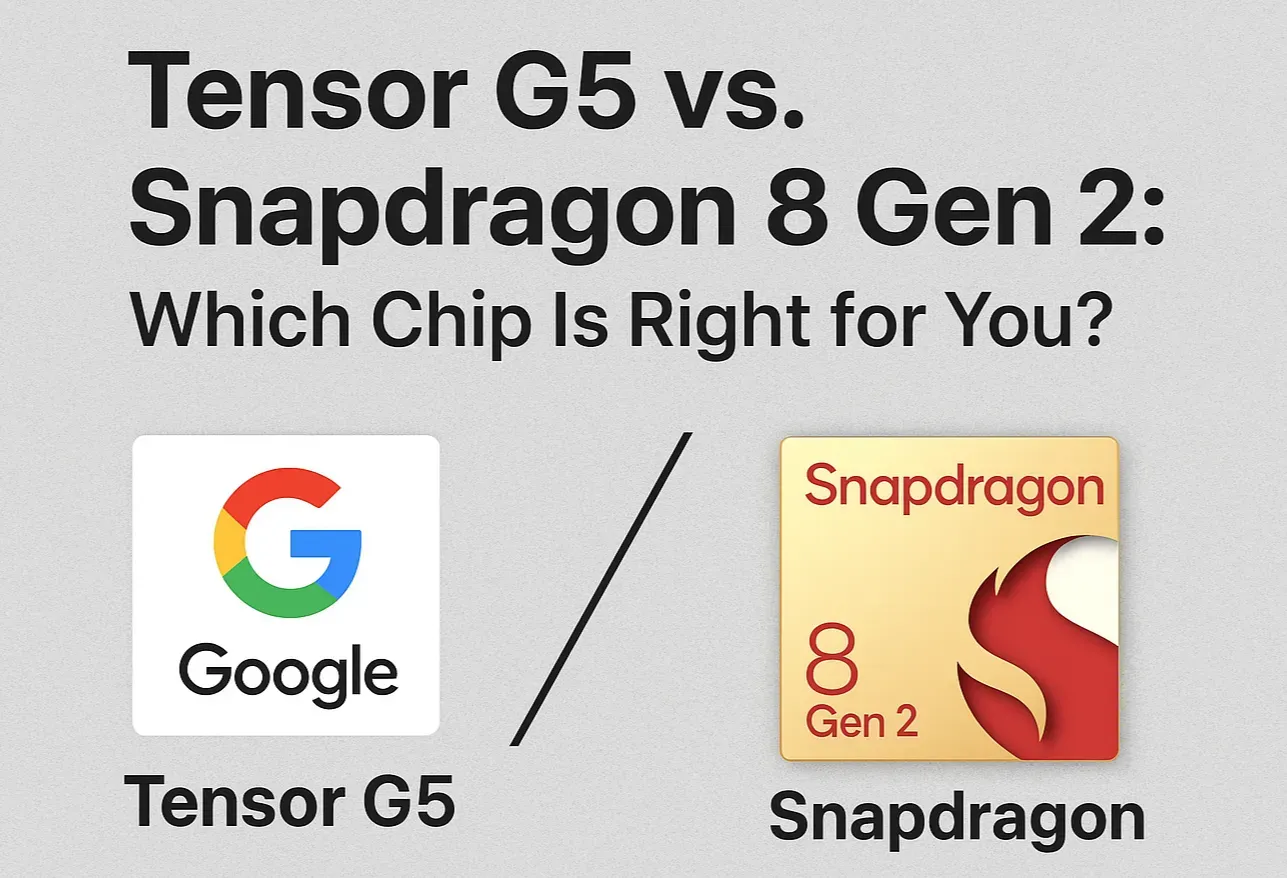


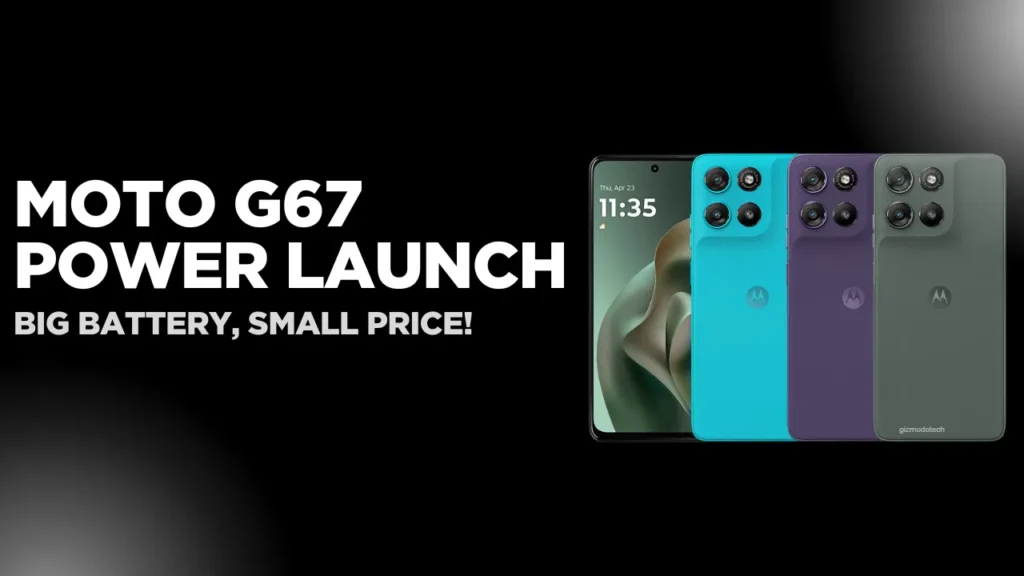

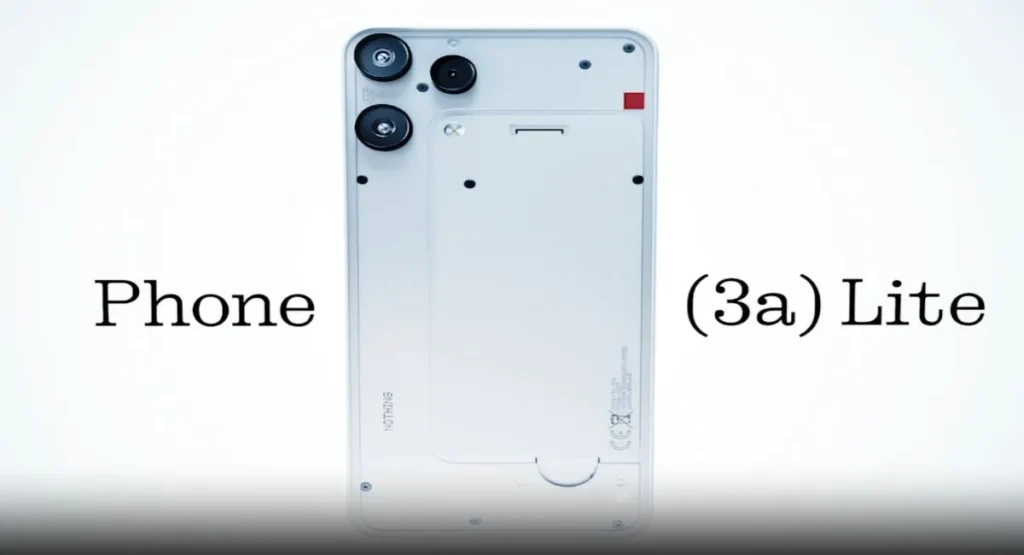


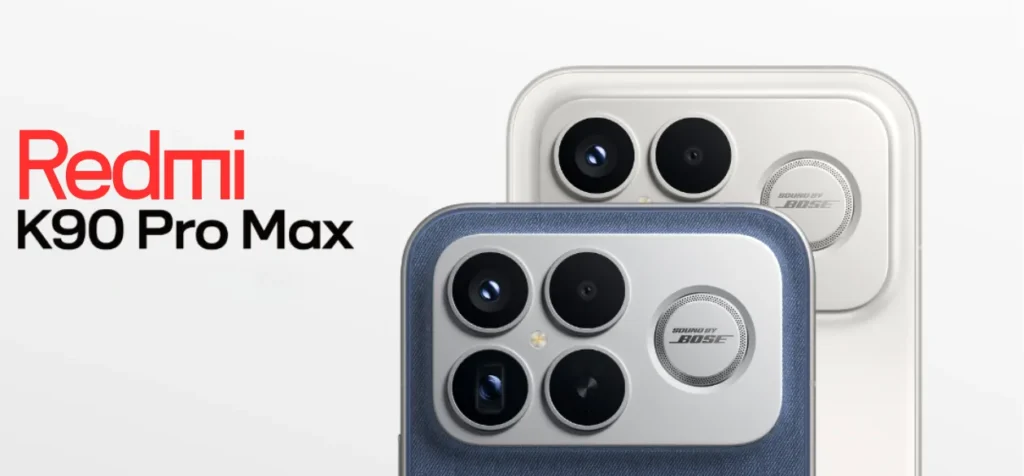
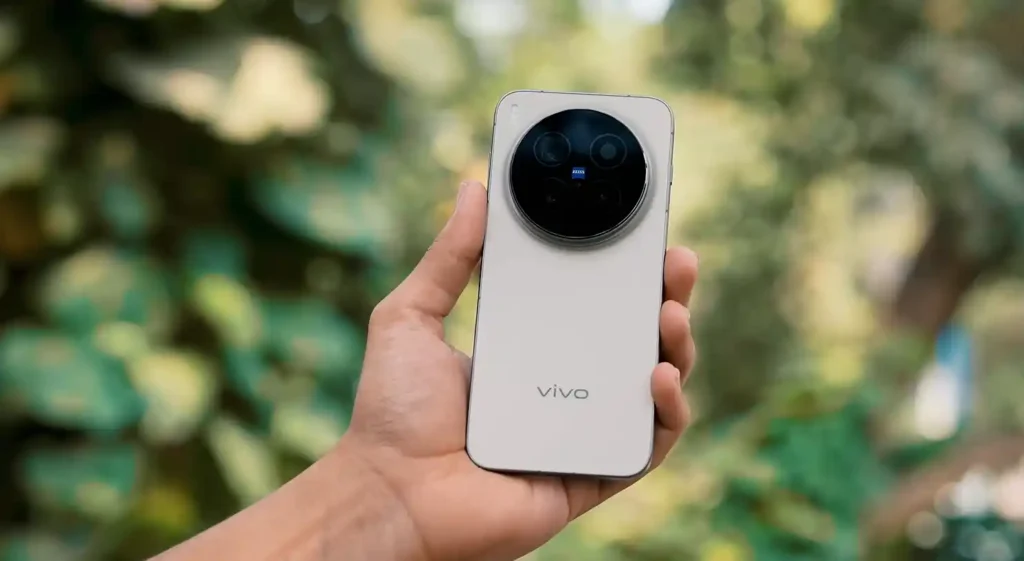
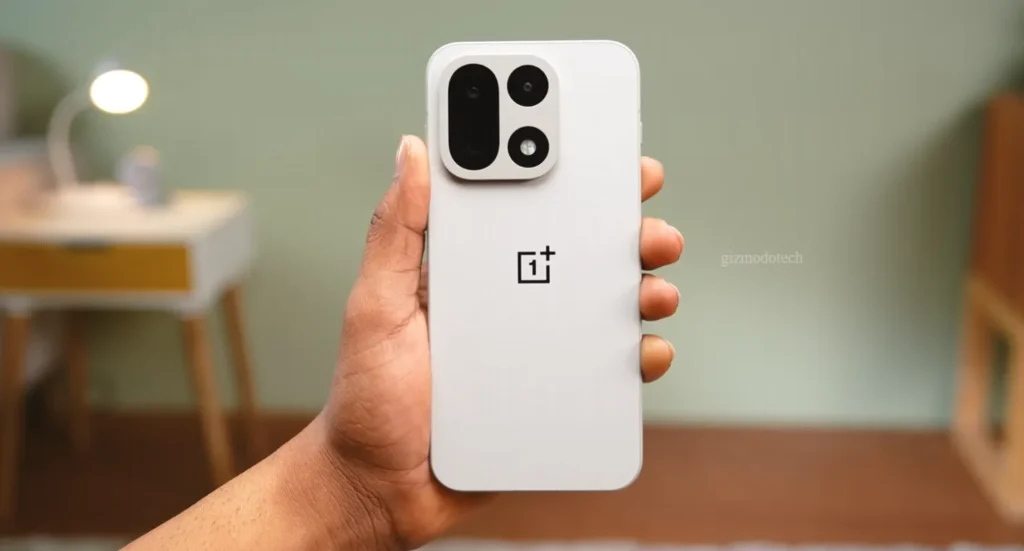
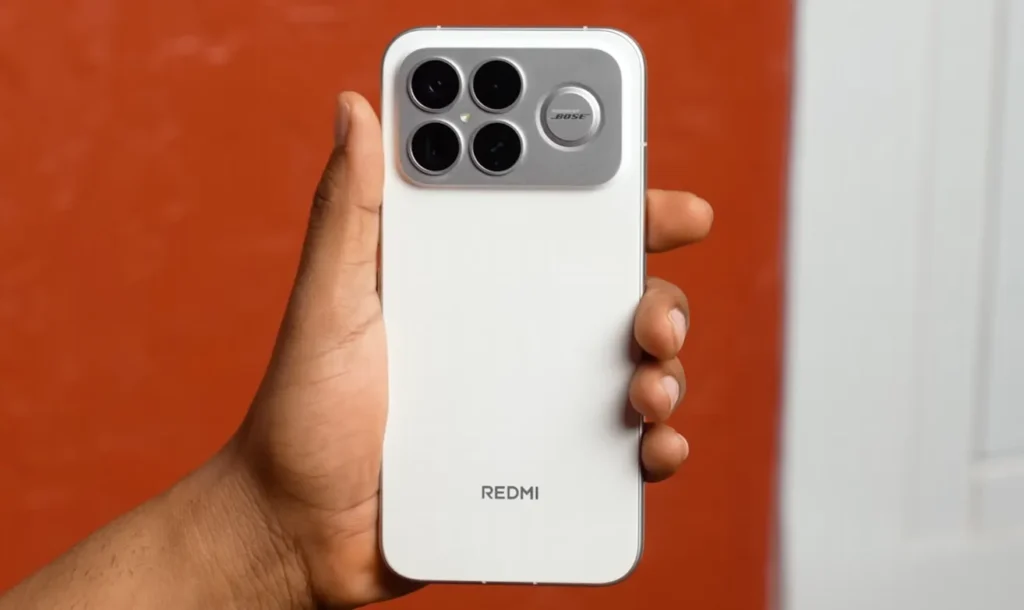


Leave a Comment